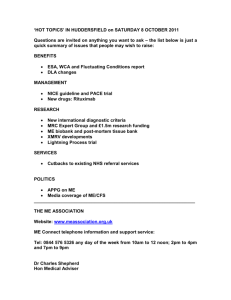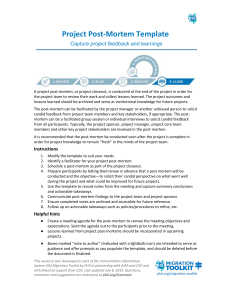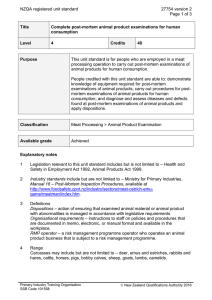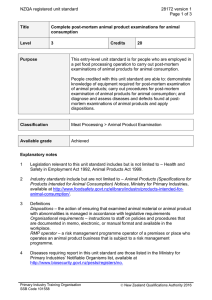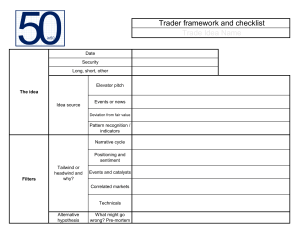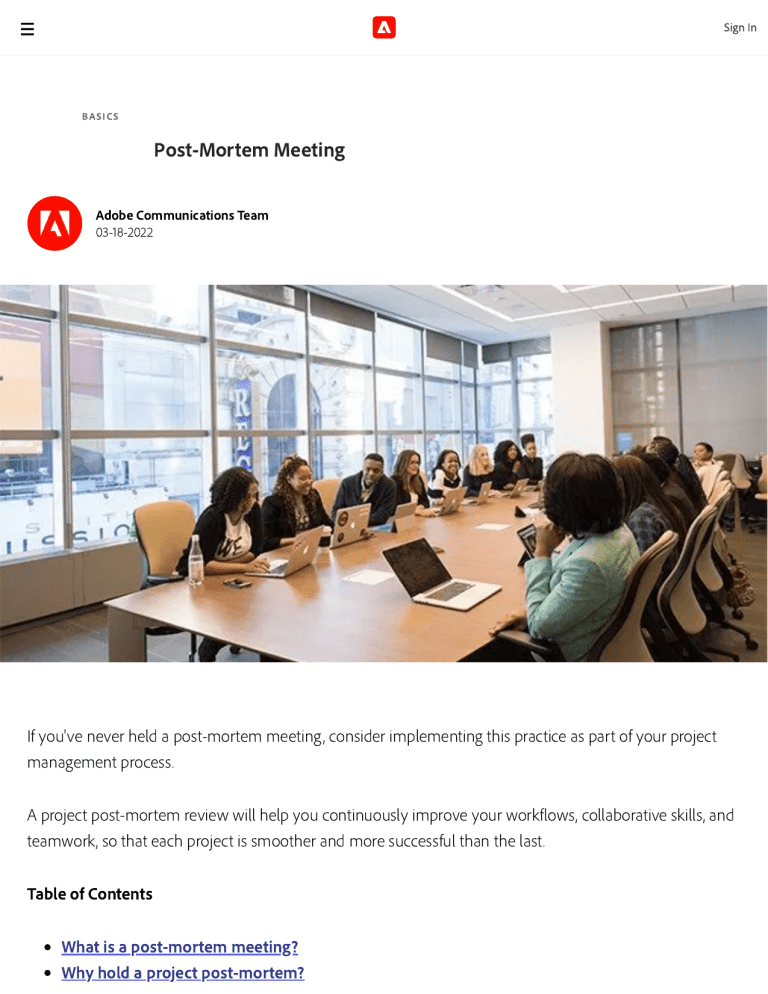
☰ Sign In B A SIC S Post-Mortem Meeting Adobe Communications Team 03-18-2022 If you've never held a post-mortem meeting, consider implementing this practice as part of your project management process. A project post-mortem review will help you continuously improve your workflows, collaborative skills, and teamwork, so that each project is smoother and more successful than the last. Table of Contents What is a post-mortem meeting? Why hold a project post-mortem? How to run a project post-mortem. Post-mortem meeting best practices. Follow up after a project. Frequently asked questions. Sign In What is a post-mortem meeting? A post-mortem meeting is held at the end of a project. The goal is to look at the project from start to finish, to determine what went right and what can be improved. You can invite anyone who has been involved in the project at some stage. This includes: Your team Stakeholders Clients By the end of the meeting, you should have identified best practices and opportunities for improvement going forward in future projects. Why hold a project post-mortem? It may be tempting to skip this step. As you enter the project closing phase, your team is probably ready to move onto the next thing. And depending on whether or not your project was successful, you may struggle to get buy-in from more senior colleagues and stakeholders. But post-mortem meetings have a range of long-term benefits that far outweigh the time people need to carve out in their diaries to attend: Key learnings – A thorough review of your project can help you identify areas to improve next time. Efficiency – Knowing and discussing the pitfalls and issues you encountered can make future projects run smoother. Morale – Getting your project group together one final time can boost team spirit. It can also be an opportunity to clear the air if something went wrong. Knowledge – During a post-mortem meeting, you can exchange information from people working across different areas of the project. Closure – A post-mortem meeting can help you celebrate success, cap off your project and give people a sense of achievement. Over the course of a project, your team will make countless decisions. In hindsight, many of those Sign In decisions will be determined as proper and sound, while others will not be. If documented correctly, these realizations can help direct future projects. If you fail to capture key learnings, best practices, and changes to make, your next project runs the risk of either repeating the same mistakes or struggling to replicate your successes. Guide: Agile Marketing Cheat Sheet Guide: The Complete Guide to Agile Marketing How to run a project post-mortem. It’s best to schedule a project post-mortem as close to project completion as possible, so relevant details are still top of mind for your team. Also make sure to plan ahead, follow a repeatable structure, and stick to your agenda. Here are some additional tips: Send out a post-mortem questionnaire or survey. Send out a post-mortem questionnaire or survey immediately after work has finished, giving plenty of time to collect and review the results before the in-person meeting. Consider making the post-mortem survey anonymous, which often helps team members to be more candid and honest about their experiences during the project. Select a moderator. The project manager often acts as the moderator, but you could appoint another team member or stakeholder to run the post-mortem meeting instead. The moderator’s role is to: Send out the agenda. Mention it in your daily stand up or huddle meetings. Outline the meeting flow. Frame exactly how the meeting will be structured. Recap the project at a high level. Give an overview of what happened. Keep the meeting on track. Step in at relevant points to ensure all agenda points are hit. Set a post-mortem meeting agenda. Even if your team is used to more informal meetings, it’s important to have an agenda for a post-mortem. Sign In Make sure to follow this and document the discussion, so your insights can be applied to future projects. A solid post-mortem meeting agenda includes: Purpose. At the beginning, focus your team on the goals to avoid it becoming a complaint session. This is also a good time to do a check in with team members and gauge morale. Recap. What did you and your team accomplish? Run through those little and big achievements that happened along the way, giving props to team members too. Outcomes. Think about whether you accomplished what you needed to and whether the desired outcomes were met for relevant stakeholders. Improvements. What went well, and what didn’t? It’s important to be honest, and considerate, so you can take steps to prevent mistakes from happening again. Recap the project. After you’ve introduced the purpose of the meeting and everyone’s on the same page, recap the project at a high level. You’ll dive down into the weeds soon, but it’s helpful to start with a quick overview of what the team set out to accomplish and how you structured the project. At this point, it’s always a good idea to refer back to your original project scope. Review your outcomes with post-mortem questions. When reviewing the results of a project, ask the team if the project accomplished the initial goals. Ask targeted questions of the team to help direct the conversation. Ask about the project timeline, the budget, staff time, and client satisfaction. A few key post-mortem questions you can use to guide the conversation include: What contributed to the project’s success? What ran smoothly? What did you enjoy about the project? Identify what went well and what didn’t. Post-mortem meetings should include honest conversations about the process. Identify the decisions and Sign In actions that worked well and that your team feels proud of. Ask for honest feedback about what needs to be done differently, where improvements could be made, and how project time management and project resource management could have been improved. This is also a good time to look at other projects that may benefit from the lessons you and your team have learned. Here are a few questions to help guide your post-mortem analysis. You might ask: What issues need to be addressed? Do you feel you had the support and tools you needed? Did you feel you had too much on your plate? How can the project flow be improved? Learn more: Workfront for Project Management Datasheet: 3 Ways To Improve Your Review And Approval Process Post-mortem meeting best practices. In addition to having a solid agenda, you can do a few things to ensure a successful post-mortem meeting: Set rules for the meeting. Make it clear that there will be no finger-pointing, that the goal is to focus on the parts of the process, rather than the people, and that positive attitudes are a must. You may also want to set rules around distractions like phones, laptops, and other technology. Assign one person to take notes. With only one person acting as scribe, everyone else can focus on the discussion. Consider rotating your assigned note-taker from meeting to meeting, so everyone gets a turn. Celebrate the wins. If you acknowledge the exceptional achievements and call out rock star team members up front, discussing the things that didn’t go well will be easier. Be willing to own your mistakes and missteps as the project manager and meeting moderator, which will set the stage for others to do the same. End on a positive. Your team will be walking out of that room and into their next project, and if they leave feeling positive and motivated, they will have a greater chance at success going forward. Follow up after a project. Even after the meeting has ended, there’s still work to be done. Sign In First, the note taker needs to clean up and complete the notes. You should take note and assign any uncompleted tasks so that the next steps are clear. If the team decides on process changes, you’ll need to include these in the notes, with a timeline established that allows them to impact the next project. Holding a post-mortem review may seem redundant or unnecessary in the moment, since there’s always another project waiting in the wings, but this practice will help your team be more productive and successful in the long run. As you implement the steps outlined above, you’ll find your post-mortem meetings are smoother, more collaborative, and far more effective. Frequently asked questions. What is the definition of a post-mortem meeting? A post-mortem meeting is a forum to reflect on the successes and failures of a project after its completion. It involves project staff, stakeholders and clients. The name may sound morbid, but the overall aims are very positive. Post-mortem meetings: Capture key learnings Identify areas for improvement Boost morale Provide closure What’s the difference between a post-mortem and a retrospective meeting? Post-mortem meetings happen after a project, whereas retrospective meetings happen at the end of a sprint cycle – which can occur more regularly. Unlike post-mortems, retrospectives can offer a chance to encourage improvements during an in-progress project. What should be included in a post-mortem report? Writing up post-mortem notes as a report can help you formalize your findings. You should include: Sign In Key dates, such as when the project started or finished The overall aims and purposes of the project Overarching results Team, stakeholder and client feedback Key learnings Next steps AD OBE E X PERI ENCE CLO U D PROJ EC T MANAG ER OPERATION S/CO O AD OBE WORKFRONT Recommended for you PER SPEC TIVE S THE L ATE ST Workfront and the employee experience New Adobe Workfront features enhance marketing workflows and collaboration Learn how Adobe Workfront manages all work in a single place, creating better day-to-day experiences for… New Adobe Workfront innovations enhance marketing workflows and work management to speed up content… Sign In THE-L ATE ST Adobe completes Workfront acquisition, brings leading work management platform to Adobe… Adobe is making digital transformation easier with the completion of its acquisition of Workfront. Adobe and… Let’s talk about what Adobe Experience Cloud can do for your business. Contact Us Contact Us ∨ Why Adobe ∨ About Experience Cloud ∨ Our solutions ∨ Sign In Resources ∨ Company ∨ Change language ∨ Copyright © 2023 Adobe. All rights reserved. Privacy / Terms of Use / Cookie preferences / Do not sell or share my personal information / AdChoices
